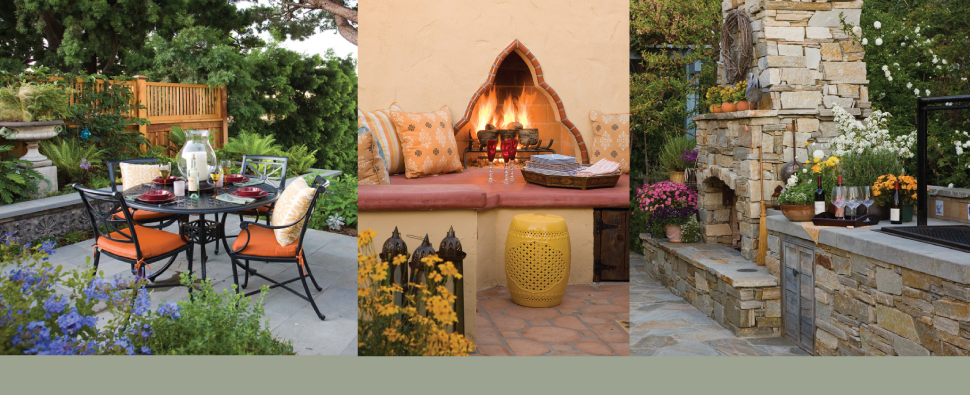I have started to get a lot of questions (finally!) about how people can save water in their yards. Now my favorite recommendation is, of course, to hire a landscape designer to help you rework the plants in your garden so that they are better suited to our climate, soils, and water bills. However, for people who are looking for low cost and do-it-yourself advice, there are still a few great options.
Compost and mulch: I am a big fan of mulch. A heavy top layer of mulch gives your garden a beautiful finished look but it does so many other wonderful things as well. Good mulch cuts down on weeds, nurtures your soil, and helps drastically reduce the amount of water lost from the soil to evaporation. Aesthetically, my favorite mulch is A-1 soils 1/4 “walk-on” fir bark mulch. It goes for about $60 a yard and is made of small bits of fir bark. The color is great and the texture is fine so the overall look is very clean and consistent. Expect to replace it once every year or two because it will break down over time. This is a good thing, because it adds to the organic nutrients in your soil.
$60 a yard may be more than you are prepared to spend, however. If that is the case, the San Diego dump has a wonderful compost and mulch center. They offer a decent selection (about a half dozen types and colors) and the price is great. If you load it yourself, it is free! If you want them to load it, bring a truck and they’ll dump two yards into it for you for $6-$20 depending on which mulch you chose. I have heard some concerns about the mulch having weed seeds that could germinate once you put it on your garden. I use the natural wood chips at my own home and haven’t had that problem, but I would say you should expect some minor germination of weeds.
Irrigation: Especially at this time of year, our weather is so varied that it is important to constantly monitor any irrigation system. If you have a spray system (sprinklers), try cutting down on the watering time by one minute a week until the plants show signs of being under-watered such as yellowing and wilting of the leaves. Then add 1-2 minutes back on and remember you might need to add more if the weather becomes very hot or dry. Try to water in the early morning so that you reduce evaporation.
If you don’t have an irrigation system, my favorite low cost do-it-yourself system is a combo of soaker hoses, splitters, and battery operated timers. This only works for relatively small yards. Attach a splitter to your hose bib (that is the official term for your hose spicket) so that you can have a soaker hose and a normal hose. On the soaker hose side, attach a timer (you get these next to the hoses at Home Depot for about $25) and then the soaker hose. Wind the soaker hose through your planting bed and cover it well with a thick layer of mulch. If you like, they sell stakes to hold the hose in place. I typically set the timer to go for about 5 minutes a day for a drought tolerant garden, but experiment to see what works for your garden!
Wiseman, the Principal, has been a San Diego landscape designer
for the past ten years. Find out more at www.sageoutdoordesigns.com







